Home>Garden Essentials>What Constitutes Green Space In Madison County, GA
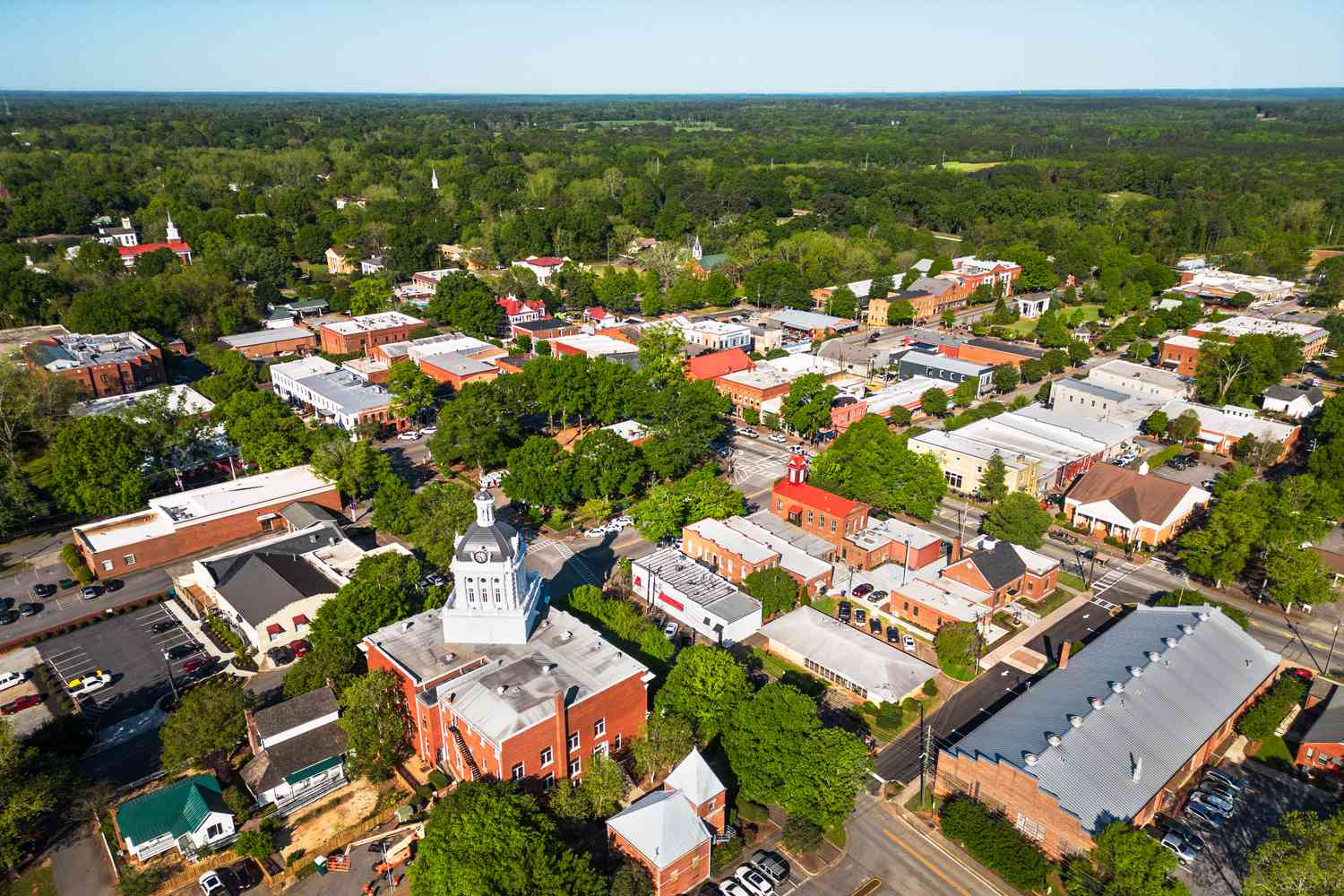

Garden Essentials
What Constitutes Green Space In Madison County, GA
Modified: March 7, 2024
Discover the beautiful green spaces in Madison County, GA, including stunning gardens that are sure to inspire your own gardening endeavors. Learn what makes these gardens truly special.
(Many of the links in this article redirect to a specific reviewed product. Your purchase of these products through affiliate links helps to generate commission for Storables.com, at no extra cost. Learn more)
Introduction
Welcome to Madison County, Georgia, a picturesque and vibrant region boasting a wealth of green spaces. From lush parks and pristine natural areas to sprawling agricultural land and thriving residential gardens, Madison County truly embodies the beauty and tranquility of the great outdoors. In this article, we will explore what constitutes green space in Madison County and delve into the myriad benefits it offers to both the environment and its residents.
Green space, also known as open space or greenspace, refers to any area, either publicly or privately owned, that is predominantly covered with vegetation and has a significant ecological, social, and recreational value. These areas can include natural habitats, parks, recreational facilities, open fields, agricultural land, residential gardens, and even urban green spaces. Madison County takes great pride in preserving and maintaining its green spaces, recognizing the importance of these areas in improving the overall quality of life for its residents.
Within Madison County, there are several types of green spaces that contribute to its unique charm and allure. Let’s take a closer look at each of them:
Key Takeaways:
- Green spaces in Madison County, GA, including parks, natural areas, and urban gardens, provide environmental, social, and economic benefits. They offer opportunities for outdoor activities, community gatherings, and a connection to nature, enhancing the overall well-being of the community.
- While green spaces offer numerous benefits, challenges such as maintenance costs, invasive species, and urbanization pressures need to be addressed. Community involvement, sustainable practices, and effective management are crucial for preserving and enjoying these valuable natural assets.
Definition of Green Space
Green space is a broad term that encompasses various types of open areas that are primarily covered with vegetation. It can range from natural areas and parks to agricultural land and residential gardens. Green spaces play a crucial role in enhancing the environmental, social, and economic well-being of a community.
Natural Areas: These are undeveloped landscapes that are left in their natural state, often featuring diverse ecosystems and native plant and animal species. Forests, wetlands, and meadows are examples of natural areas that contribute to the preservation of biodiversity and provide opportunities for scientific research and recreation.
Parks and Recreation Areas: Parks are designated areas that are specifically created for recreational activities such as sports, picnics, and leisurely strolls. They often include amenities like playgrounds, sports fields, walking paths, and picnic areas. Recreation areas offer opportunities for physical exercise, socializing, and relaxation in a natural and open environment.
Open Spaces: Open spaces refer to large areas of vacant land or fields that are not utilized for any specific purpose. These areas offer a sense of openness and can be used for various activities like walking, jogging, or simply enjoying the surrounding natural beauty. Open spaces provide a break from urbanization and contribute to the visual appeal of a community.
Agricultural Land: Farming and agriculture have long been a part of Madison County’s identity. The vast stretches of agricultural land not only support local food production but also provide valuable green spaces. These areas create a harmonious blend of natural beauty and functional land use.
Residential Green Space: Residential green spaces include gardens, lawns, and landscaped areas within residential neighborhoods. These spaces not only enhance the aesthetic appeal of the community but also offer opportunities for residents to connect with nature, engage in gardening, and enjoy outdoor activities.
Urban Green Space: In urban areas, green spaces serve as vital oases amidst the concrete jungle. Urban parks, community gardens, and rooftop gardens make cities more livable and sustainable by providing a respite from the hustle and bustle of city life. These spaces promote physical and mental well-being and contribute to a sense of community.
Overall, green spaces in Madison County are defined by their abundant vegetation, varied landscapes, and their ability to provide ecological, recreational, and aesthetic benefits to the community. These spaces are cherished and protected to ensure a sustainable and vibrant environment for present and future generations.
Natural Areas
In Madison County, natural areas are pristine landscapes that are left largely untouched, preserving their natural beauty and ecological significance. These areas provide vital habitats for numerous plant and animal species and offer opportunities for nature exploration and education.
One prominent natural area in Madison County is Bear Creek Reservoir. Spanning over 500 acres, this reservoir is home to a diverse range of aquatic plants and wildlife. Visitors can enjoy boating and fishing activities while immersing themselves in the serene beauty of the surrounding forests and wetlands.
Another notable natural area is Watson Mill Bridge State Park. This picturesque park boasts one of the longest covered bridges in the state and encompasses over 1,000 acres of rolling hills, wooded trails, and the tranquil waters of the South Fork Broad River. It is a haven for hikers, birdwatchers, and nature enthusiasts, offering a glimpse into the rich biodiversity of the region.
Madison County is also home to several nature preserves, such as the Sandy Creek Nature Center and the Hard Labor Creek State Park. These preserves encompass large tracts of land with diverse ecosystems, including forests, meadows, and wetlands. They serve as important sanctuaries for native plants and animals, offering educational programs and guided hikes for visitors.
The preservation of natural areas in Madison County is essential for maintaining biodiversity and ecological balance. These areas play a crucial role in supporting native plant species, providing habitat for wildlife, and protecting water quality. Additionally, natural areas offer opportunities for outdoor recreation, including hiking, wildlife observation, and nature photography.
Visiting these natural areas allows residents and visitors to reconnect with the natural world, promoting a sense of tranquility and well-being. In an increasingly urbanized and fast-paced society, these natural havens provide a much-needed escape and an opportunity to appreciate the beauty and wonders of the natural environment.
Madison County recognizes the importance of preserving and conserving its natural areas, not only for their intrinsic value but also for the benefits they provide to the community as a whole. Whether it’s exploring the winding trails of a nature preserve or witnessing the splendor of a cascading waterfall, these natural areas truly showcase the remarkable beauty and biodiversity of Madison County.
Parks and Recreation Areas
Madison County takes great pride in its extensive network of parks and recreation areas, providing residents and visitors with ample opportunities for outdoor activities, social gatherings, and relaxation.
One of the most popular parks in the county is Memorial Park. Located in the heart of the community, this park features well-maintained walking paths, beautiful gardens, and a playground for children. It is a perfect spot for families to enjoy picnics, play sports, or simply unwind amidst the serene surroundings.
For those seeking more adventurous activities, Victoria Bryant State Park offers a range of recreational options. The park stretches across 500 acres and offers hiking trails, fishing ponds, and a challenging 18-hole golf course. With its tranquil lakes and rolling hills, Victoria Bryant State Park is a favorite destination for outdoor enthusiasts and nature lovers alike.
In addition to traditional parks, Madison County boasts numerous green spaces that cater to specific activities. The Colbert Athletic Complex, for instance, provides state-of-the-art sports facilities, including baseball and softball fields, tennis courts, and soccer fields. This complex serves as a hub for sports competitions, leagues, and community events, promoting an active and healthy lifestyle.
Another notable recreational area is Hard Labor Creek State Park. This expansive park covers over 5,800 acres and offers a wide range of recreational opportunities. Visitors can enjoy hiking, biking, and horseback riding on the park’s extensive trail system. The park also features a beach for swimming, a golf course, and various camping options, providing a complete outdoor experience for visitors of all ages.
Madison County understands the importance of providing accessible and well-maintained parks and recreation areas for its residents. These spaces not only encourage physical activity and social interaction but also contribute to the overall well-being and quality of life in the community. Whether it’s going for a leisurely walk, organizing a game of frisbee, or attending a community event, these parks and recreational areas serve as focal points for community engagement and enjoyment.
In recent years, the county has also embraced the concept of greenways and multi-use trails. These trails, such as the Bear Creek Greenway, offer a safe and scenic route for walking, jogging, and biking, connecting different neighborhoods and providing alternative transportation options.
Overall, Madison County’s parks and recreation areas provide a diverse range of outdoor opportunities for individuals and families. From serene picnic spots to adrenaline-pumping sports facilities, these areas contribute to a sense of community, foster a love for nature, and encourage an active and healthy lifestyle.
Open Spaces
Open spaces play a vital role in enhancing the aesthetic appeal and quality of life in Madison County. These unutilized or undeveloped areas provide residents and visitors with opportunities to enjoy the beauty of nature, engage in outdoor activities, and find solace away from the hustle and bustle of urban areas.
Madison County is blessed with an abundance of open spaces, including large fields, meadows, and vacant lots. These areas offer plenty of room for recreational activities such as walking, jogging, and flying kites. They also serve as gathering spots for community events such as outdoor concerts, festivals, and farmers markets.
One notable open space in Madison County is the Watson Mill Bridge State Park. In addition to its natural areas and hiking trails, the park features expansive open fields perfect for hosting picnics, playing frisbee, or simply enjoying a peaceful afternoon with family and friends. The vastness of these open spaces allows visitors to experience the freedom of wide-open skies and unobstructed views.
Open spaces also provide an opportunity for creative expression and artistic endeavors. Artists and photographers often find inspiration in the wide expanse of fields, capturing the beauty of the landscape and the changing seasons. Additionally, open spaces serve as a canvas for temporary installations, outdoor sculptures, and other artistic exhibitions, further enriching the cultural landscape of Madison County.
From a practical standpoint, open spaces contribute to the overall health and well-being of the community. They provide a breath of fresh air and a break from the confines of indoor spaces. The wide-open nature of these areas allows for social distancing, making them particularly valuable during times when public safety is a concern, such as during a pandemic.
Preserving open spaces also has environmental benefits. These areas act as green buffers, absorbing rainwater, reducing runoff, and improving water quality. They also support wildlife populations by offering habitat and food sources for various species, contributing to the overall biodiversity of the area.
Open spaces are an essential component of urban planning, and Madison County recognizes the importance of preserving and maintaining these areas. Through thoughtful land-use policies and community engagement, the county ensures that open spaces are protected from excessive development and remain available for the enjoyment of current and future generations.
Whether it’s enjoying a game of catch, having a picnic, or simply gazing at the starry night sky, the open spaces of Madison County offer a sense of freedom and rejuvenation. They provide a space to connect with nature, foster a sense of community, and promote a healthy and balanced lifestyle.
Read more: What County Is Winter Garden In
Agricultural Land
Agricultural land is a defining feature of Madison County, Georgia, and plays a crucial role in the county’s economy, food production, and overall well-being. The vast stretches of farmland not only contribute to the picturesque landscape but also provide numerous benefits to the community.
Madison County’s agricultural land is primarily used for crop production, including crops like corn, soybeans, wheat, and cotton. Additionally, the county boasts thriving livestock operations, with cattle, poultry, and sheep being prominent industries. These agricultural activities not only provide a source of income for farmers but also contribute to the local food supply and economy.
Agricultural land offers several environmental benefits. Farms provide habitat for wildlife and play a crucial role in preserving biodiversity. They also help to mitigate climate change by sequestering carbon and reducing greenhouse gas emissions. Additionally, agricultural practices that prioritize soil conservation help prevent erosion, improve water quality, and promote sustainable land use.
Madison County takes pride in supporting local agriculture through various initiatives. Farmers markets provide an avenue for farmers to sell their produce directly to consumers, promoting sustainable farming practices and fostering a sense of community. The county also encourages farm-to-table initiatives, connecting local restaurants and consumers with fresh, locally grown food.
Beyond economic and environmental benefits, agricultural land contributes to the cultural heritage of the community. Farming traditions and practices are passed down through generations, fostering a deep-rooted connection to the land. Agritourism activities, such as farm tours, pumpkin patches, and corn mazes, offer educational and recreational opportunities for visitors to learn about farming practices and appreciate the farming lifestyle.
Preserving agricultural land is a priority for Madison County, as it recognizes the value it brings to the community. Efforts are made to protect farmland from urban sprawl, ensuring that future generations can continue to benefit from the agricultural industry. Conservation programs, such as the Purchase of Agricultural Conservation Easement (PACE) program, provide financial incentives to farmers to preserve their land for agricultural use.
Madison County’s agricultural land tells a story of hard work, sustenance, and the vital role that farming plays in the community. From the golden fields of grain to the rolling pastures dotted with grazing livestock, the rural landscapes shape the character of the county and provide a strong foundation for its economy and cultural heritage.
By supporting local agriculture and implementing sustainable farming practices, Madison County strives to preserve its agricultural land for future generations. The county recognizes that the success of its agricultural industry is intertwined with the health and vitality of the community as a whole.
Residential Green Space
Residential green spaces are an integral part of the fabric of Madison County, Georgia. From lush gardens and manicured lawns to community parks and greenbelts, these spaces contribute to the beauty, livability, and sense of community within residential neighborhoods.
In Madison County, many residents take pride in their gardens and landscaping, creating vibrant and inviting green spaces around their homes. These residential gardens not only enhance the aesthetic appeal of the neighborhood but also provide a haven for homeowners to connect with nature and indulge in their love for gardening.
From colorful flower beds to carefully cultivated vegetable patches, residential gardens offer a range of benefits. They provide a sanctuary for relaxation and outdoor activities, where residents can enjoy a morning cup of coffee, read a book, or host gatherings with friends and family. These oasis-like spaces act as extensions of the home, providing opportunities for outdoor living and creating a sense of tranquility.
Residential green spaces are also important for urban biodiversity. Well-maintained gardens can attract pollinators, such as bees and butterflies, contributing to the health and diversity of the local ecosystem. Additionally, residents can create bird-friendly environments by planting native shrubs and trees that provide food and shelter for avian species.
Community parks and green spaces within residential areas serve as gathering places for residents of all ages. These spaces often feature playgrounds, sports fields, walking paths, and picnic areas, providing opportunities for outdoor recreation and social interaction. They serve as meeting points for neighbors, fostering a sense of community and enhancing the overall quality of life in residential areas.
Madison County recognizes the importance of preserving and promoting residential green spaces. Through regulations and initiatives, the county encourages homeowners to incorporate green landscaping techniques, such as rainwater harvesting, native plant selection, and organic gardening practices. These efforts not only beautify neighborhoods but also contribute to sustainable and eco-friendly living.
In recent years, there has been a growing trend of community gardening in residential areas. Community gardens provide residents with the opportunity to grow their own fresh produce, promoting self-sufficiency, healthy eating habits, and community bonding. These shared spaces foster a sense of camaraderie and can become hubs of social activity and learning.
Residential green spaces in Madison County create a harmonious balance between urban living and natural beauty. They provide a respite from the concrete jungle, offering opportunities for relaxation, recreation, and connection with nature. Whether it’s a blooming flower bed or a neighborhood park, these green spaces enhance the well-being and sense of belonging for residents of all ages within the county.
When identifying green space in Madison County, look for areas with trees, grass, and natural vegetation. This can include parks, forests, and undeveloped land.
Urban Green Space
Despite being an urban area, Madison County in Georgia boasts a significant amount of urban green space, providing residents with a breath of fresh air and a connection to nature within city limits. These urban green spaces play a vital role in promoting a healthy, sustainable, and vibrant urban environment.
One notable urban green space in Madison County is Town Park. This centrally located park offers a lush green oasis amidst the concrete jungle, complete with walking trails, shady trees, and open lawns. It serves as a gathering spot for community events, picnics, and outdoor performances. Town Park exemplifies the county’s commitment to creating accessible and inviting green spaces that cater to the needs and desires of urban residents.
Urban green spaces are not limited to parks alone. Rooftop gardens and green roofs have become increasingly popular in Madison County, especially in commercial and residential high-rises. These green spaces not only provide visual appeal and insulation but also contribute to energy efficiency and rainwater management. Rooftop gardens offer a serene escape from the urban chaos, allowing residents and workers to relax and enjoy greenery at higher elevations.
Community gardens also form an important part of urban green space in Madison County. These shared gardening spaces allow residents with limited access to private yards to grow their own food, promote sustainable practices, and foster a sense of community. Community gardens create opportunities for social interaction, education, and the joy of growing fresh produce in an urban setting.
Urban green spaces are designed to be multifunctional, providing numerous benefits to urban dwellers. They offer opportunities for physical exercise, such as walking, jogging, and cycling, promoting a healthy and active lifestyle. These spaces also serve as venues for social gatherings, cultural events, and recreational activities, fostering a sense of community and enhancing the overall quality of urban life.
Beyond recreational and social benefits, urban green spaces contribute to environmental sustainability. They help mitigate the heat island effect by providing shade and reducing surface temperatures. These green areas also act as carbon sinks, absorbing carbon dioxide and improving air quality. In addition, urban green spaces can help manage stormwater runoff, reducing the strain on municipal drainage systems and improving water quality.
Madison County recognizes the importance of urban green spaces and strives to create and preserve them through urban planning and development strategies. The county encourages the integration of green spaces into new developments, revitalization projects, and public infrastructure. By doing so, Madison County ensures that residents have access to thriving, vibrant, and sustainable urban environments.
Urban green spaces in Madison County provide a valuable retreat from the urban hustle and bustle, promoting physical and mental well-being while contributing to the ecological balance of the county. These spaces embody the concept of the “green city,” where nature and urban life coexist harmoniously, enhancing the livability and attractiveness of Madison County as a whole.
Environmental Benefits of Green Space
Green spaces, such as parks, natural areas, and urban gardens, offer numerous environmental benefits that contribute to the overall health and sustainability of the ecosystem in Madison County. These benefits extend to both the immediate surroundings and the broader environment as a whole.
One of the primary environmental benefits of green spaces is the mitigation of urban heat island effects. Urban areas tend to retain heat, leading to higher temperatures compared to surrounding rural areas. Green spaces, with their trees and vegetation, provide shade and cool the air through evapotranspiration. This helps to counteract the high temperatures, creating a more enjoyable and comfortable urban environment.
Green spaces also play a crucial role in improving air quality. Trees and plants absorb carbon dioxide and release oxygen through photosynthesis, reducing the amount of greenhouse gases in the atmosphere. Furthermore, they act as natural filters, trapping particulate matter and pollutants, such as dust, smoke, and harmful chemicals. By mitigating air pollution, green spaces help to create cleaner and healthier environments for both humans and wildlife.
In addition to air quality, green spaces contribute to water management and quality. Vegetation helps to absorb rainwater, reducing stormwater runoff and the strain on drainage systems. This helps to control flooding and prevent erosion. The permeable surfaces in green spaces also allow rainwater to percolate into the ground, replenishing groundwater supplies and reducing the burden on municipal water sources. Moreover, green spaces act as natural filters, removing pollutants from runoff water before it reaches streams, rivers, and other bodies of water, thus improving water quality.
Biodiversity conservation is another significant environmental benefit of green spaces. These spaces provide habitats and food sources for a variety of plant and animal species. By preserving and protecting natural areas, such as wetlands, forests, and meadows, Madison County promotes biodiversity and supports the survival of native flora and fauna. This, in turn, contributes to the overall ecological balance and enhances ecosystems in the county.
Furthermore, green spaces play a role in carbon sequestration. Through photosynthesis, plants absorb carbon dioxide, a greenhouse gas that contributes to climate change. By storing carbon in their biomass and in the soil, green spaces help to mitigate the impacts of climate change and reduce the carbon footprint of the county.
Lastly, green spaces promote sustainable land use practices. By embracing methods such as organic gardening and sustainable agriculture, green spaces can reduce the reliance on chemical pesticides and fertilizers, protect soil health, and conserve water resources. These practices help to create a more environmentally friendly approach to land management, ensuring the long-term viability of green spaces in Madison County.
Overall, the environmental benefits of green spaces in Madison County are significant and far-reaching. From mitigating the urban heat island effect and improving air quality to managing water resources and conserving biodiversity, these green spaces provide essential ecosystem services. By valuing and protecting green spaces, the county contributes to the preservation of the environment for future generations and promotes a sustainable and resilient community.
Read more: What Constitutes Tableware?
Social Benefits of Green Space
Green spaces, such as parks, gardens, and natural areas, provide a multitude of social benefits that contribute to the well-being and quality of life in Madison County. These spaces serve as gathering places for communities, promote physical and mental health, foster social interaction, and enhance the overall sense of belonging and connection with nature.
One of the primary social benefits of green spaces is the promotion of active and healthy lifestyles. Parks and open spaces offer opportunities for physical exercise such as walking, jogging, biking, and sports activities. These spaces provide a safe and accessible environment for residents of all ages to engage in recreational activities, enhancing physical fitness and overall well-being.
Green spaces also have a positive impact on mental health and stress reduction. Spending time in nature has been shown to reduce stress, improve mood, and enhance cognitive function. Whether it’s taking a leisurely stroll, practicing yoga in the park, or simply enjoying the tranquility of a garden, green spaces offer a respite from the pressures of daily life and provide a calming environment for relaxation and rejuvenation.
Moreover, green spaces promote social interaction and community engagement. Parks, community gardens, and recreational areas serve as meeting points for neighbors to come together, fostering social connections and a sense of belonging. People from diverse backgrounds and age groups can gather in these spaces, creating opportunities for social integration, cultural exchange, and community building.
Community events and activities held in green spaces further strengthen social bonds. Concerts, festivals, picnics, and sports leagues bring people together, nurturing a sense of community pride and cohesion. These shared experiences create opportunities for friendship, collaboration, and the development of a strong support network within the community.
Green spaces also play a role in education and learning. Nature trails, interpretative signs, and educational programs in parks and natural areas offer opportunities for residents, particularly children, to learn about local ecosystems, environmental conservation, and the importance of biodiversity. These spaces act as outdoor classrooms, promoting environmental awareness and instilling a sense of stewardship for the natural world.
In addition to their impact on residents, green spaces also attract visitors from outside the community, contributing to local tourism and economic vitality. The beauty and recreational amenities provided by green spaces can attract tourists, who spend money on accommodations, dining, and local businesses, stimulating the local economy.
Overall, the social benefits of green spaces in Madison County are diverse and powerful. They promote physical and mental well-being, foster social connections, enhance community identity, and offer recreational and educational opportunities. By recognizing the value of green spaces and investing in their development and maintenance, Madison County cultivates a thriving and inclusive community that is deeply connected to nature.
Economic Benefits of Green Space
Green spaces, such as parks, gardens, and natural areas, offer numerous economic benefits that contribute to the overall prosperity and vibrancy of Madison County. These spaces generate revenue, attract businesses and tourists, enhance property values, and create job opportunities.
One of the primary economic benefits of green spaces is the contribution to tourism and recreation. Madison County’s beautiful parks, trails, and natural areas attract visitors from near and far, who spend money on accommodations, dining, and local businesses. Tourists are drawn to the recreational amenities and natural beauty offered by green spaces, stimulating the local economy and supporting businesses that cater to their needs.
Green spaces also enhance property values. Properties located near parks and green areas are often in high demand and can command higher prices. The presence of well-maintained and accessible green spaces enhances the desirability of residential neighborhoods and makes them more attractive to potential homeowners and investors. This, in turn, can lead to increased property tax revenue for the county.
Moreover, green spaces provide opportunities for outdoor events and festivals. Parks and open areas can be rented or used for concerts, craft fairs, farmers markets, and community celebrations. These events bring in visitors, boost local business sales, and provide vendors with an opportunity to showcase and sell their products, injecting money into the local economy.
Green spaces also have cost-saving implications for the community. Trees and vegetation in parks and urban areas act as natural shade providers, reducing the need for excess air conditioning during hot summer months. This can lower energy consumption and result in cost savings for residents, businesses, and the local government.
Furthermore, green spaces contribute to job creation and economic development. The maintenance and upkeep of parks and green areas create employment opportunities in landscaping, groundskeeping, park management, and event organization. Additionally, businesses that cater to outdoor recreation, such as bike rentals, kayak tours, and nature-based tourism, can emerge and thrive as a result of the availability and popularity of green spaces in the county.
Green spaces also attract businesses to the area. Companies and employers are increasingly recognizing the value of access to green spaces for employee well-being and satisfaction. The presence of parks and natural areas can act as a draw for companies looking to relocate or set up operations in Madison County, ultimately contributing to economic growth and job opportunities.
Overall, the economic benefits of green spaces in Madison County are substantial. These spaces not only stimulate tourism and generate revenue but also enhance property values, create jobs, and contribute to a thriving local economy. By investing in the development and maintenance of green spaces, Madison County ensures long-term economic prosperity while enriching the lives of its residents.
Challenges to Maintaining Green Space
While green spaces in Madison County, Georgia, provide numerous benefits, there are several challenges that come with their maintenance and preservation. These challenges can impact the long-term health and viability of these valuable assets, and it is important to address them effectively to ensure the continued benefits they offer to the community.
One of the primary challenges is the cost of maintaining green spaces. Properly maintaining parks, gardens, and natural areas requires resources such as funding, skilled labor, and equipment. In times of budget constraints, allocating sufficient funds for regular maintenance and ensuring the availability of trained staff can be challenging. Limited resources may lead to a decrease in the quality of maintenance, resulting in poorly kept green spaces that fail to provide the desired benefits.
Invasive species pose another significant challenge to the maintenance of green spaces. Invasive plants can quickly overtake native species, reducing biodiversity and negatively impacting the ecological balance. Controlling and managing invasive species requires ongoing efforts, including targeted removal and restoration of native vegetation. Lack of awareness or limited resources dedicated to invasive species management can hinder the health and resilience of green spaces.
Another challenge is the threat of urbanization and land development. As urban areas expand, green spaces are often at risk of being converted into residential or commercial developments. The pressure to develop land for housing, infrastructure, or economic purposes can result in the loss of valuable green spaces. Balancing the need for development with the preservation of green spaces requires careful planning, land-use regulations, and community engagement.
Ensuring accessibility to green spaces is also a challenge. In some cases, green spaces may be located far from certain neighborhoods, making them inaccessible to residents who do not have reliable transportation. This lack of accessibility limits the benefits that green spaces can provide to these communities and can contribute to inequities in access to nature and recreational opportunities.
The changing climate and the associated impacts also pose challenges to the maintenance of green spaces. Droughts, extreme weather events, and increased temperatures can adversely affect the health of vegetation and the availability of water resources. Green spaces may require adaptive management practices, such as water conservation measures and selection of drought-tolerant plant species, to mitigate the impact of climate change.
Community engagement and volunteerism play a vital role in the maintenance of green spaces, but a lack of community involvement can hinder efforts to preserve and enhance these areas. Encouraging community members to take ownership and participate in maintenance activities, such as clean-ups, tree plantings, and invasive species removal, can help overcome this challenge and foster a sense of pride and stewardship among residents.
Finally, ensuring the long-term sustainability of green spaces requires effective planning and management strategies. This includes developing comprehensive master plans, establishing clear maintenance protocols, monitoring and evaluating the health and ecological integrity of green spaces, and adapting management practices based on changing needs and priorities.
By recognizing and addressing these challenges, Madison County can work towards the effective maintenance and preservation of its green spaces. Through collaboration between government agencies, community organizations, and residents, it is possible to overcome these obstacles and ensure the long-term sustainability and enjoyment of these valuable natural assets.
Conclusion
Madison County, Georgia, is home to a diverse array of green spaces that enhance the environmental, social, and economic well-being of the community. From natural areas and parks to residential gardens and urban green spaces, these areas contribute to the beauty, livability, and sustainability of the county.
Natural areas, such as Bear Creek Reservoir and Watson Mill Bridge State Park, provide invaluable habitats for native flora and fauna. These pristine landscapes offer opportunities for exploration, recreation, and education, connecting residents and visitors with the wonders of the natural world.
Parks and recreation areas, such as Memorial Park and Victoria Bryant State Park, serve as gathering places for community events and outdoor activities. These spaces foster social connections, promote active lifestyles, and provide an escape from the pressures of urban living.
Open spaces contribute to the visual appeal of Madison County and provide opportunities for outdoor relaxation and recreation. These unutilized areas offer moments of tranquility and the chance to appreciate the expansive beauty of the surrounding landscape.
Agricultural land, with its vast stretches of crops and livestock operations, embraces the county’s farming heritage. This land not only supports the local economy and provides fresh, locally grown food but also serves as a vital green space that enhances the scenic beauty and ecological balance of the region.
Residential green spaces, including gardens and landscaped areas, create beautiful and inviting spaces for homeowners to connect with nature and enjoy outdoor activities. These spaces foster a sense of pride, encourage sustainable practices, and promote a sense of belonging within neighborhoods.
Urban green spaces, such as Town Park and rooftop gardens, provide vital oases within the urban environment. These spaces improve air quality, promote social interactions, and create a connection between residents and the natural world even in densely populated areas.
The benefits of green space in Madison County are myriad. Green spaces provide environmental benefits, including mitigating the urban heat island effect, improving air and water quality, conserving biodiversity, and promoting sustainable land practices.
Moreover, green spaces offer social benefits, such as promoting active lifestyles, reducing stress, fostering social interactions, and creating spaces for community events and gatherings. These areas also provide economic benefits by attracting tourists, enhancing property values, stimulating local businesses, and creating employment opportunities.
However, maintaining green spaces comes with its challenges. Limited resources, invasive species, urbanization pressures, accessibility issues, climate change impacts, and the need for community engagement all pose challenges that require careful planning and management efforts.
In conclusion, Madison County’s green spaces enrich the lives of its residents, creating a harmonious balance between urbanization and nature. By actively preserving and maintaining these areas, the county ensures a sustainable and vibrant environment that benefits both present and future generations. Investing in, protecting, and fostering a sense of belonging to green spaces will contribute to the continued beauty, health, and prosperity of Madison County for years to come.
Frequently Asked Questions about What Constitutes Green Space In Madison County, GA
Was this page helpful?
At Storables.com, we guarantee accurate and reliable information. Our content, validated by Expert Board Contributors, is crafted following stringent Editorial Policies. We're committed to providing you with well-researched, expert-backed insights for all your informational needs.

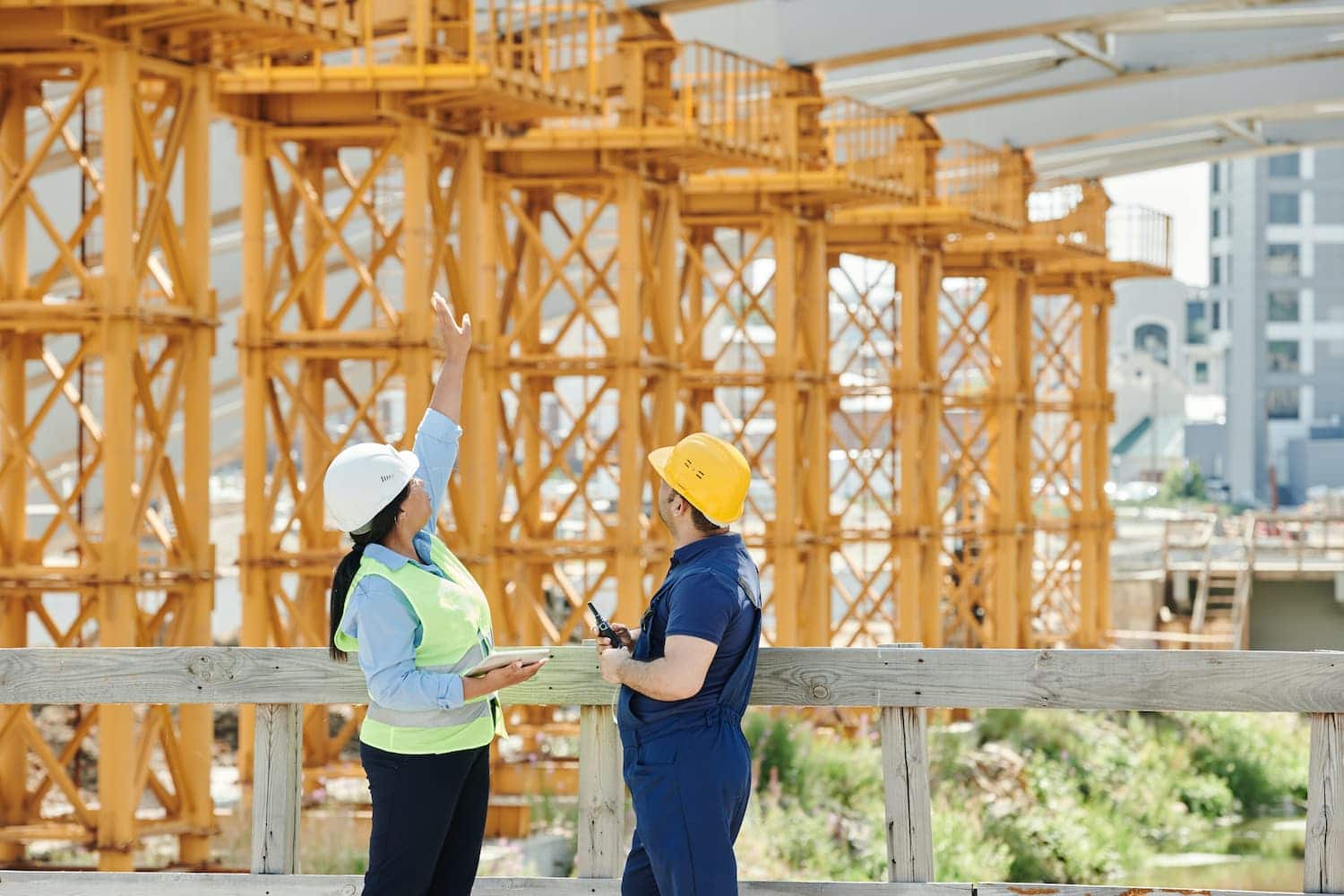


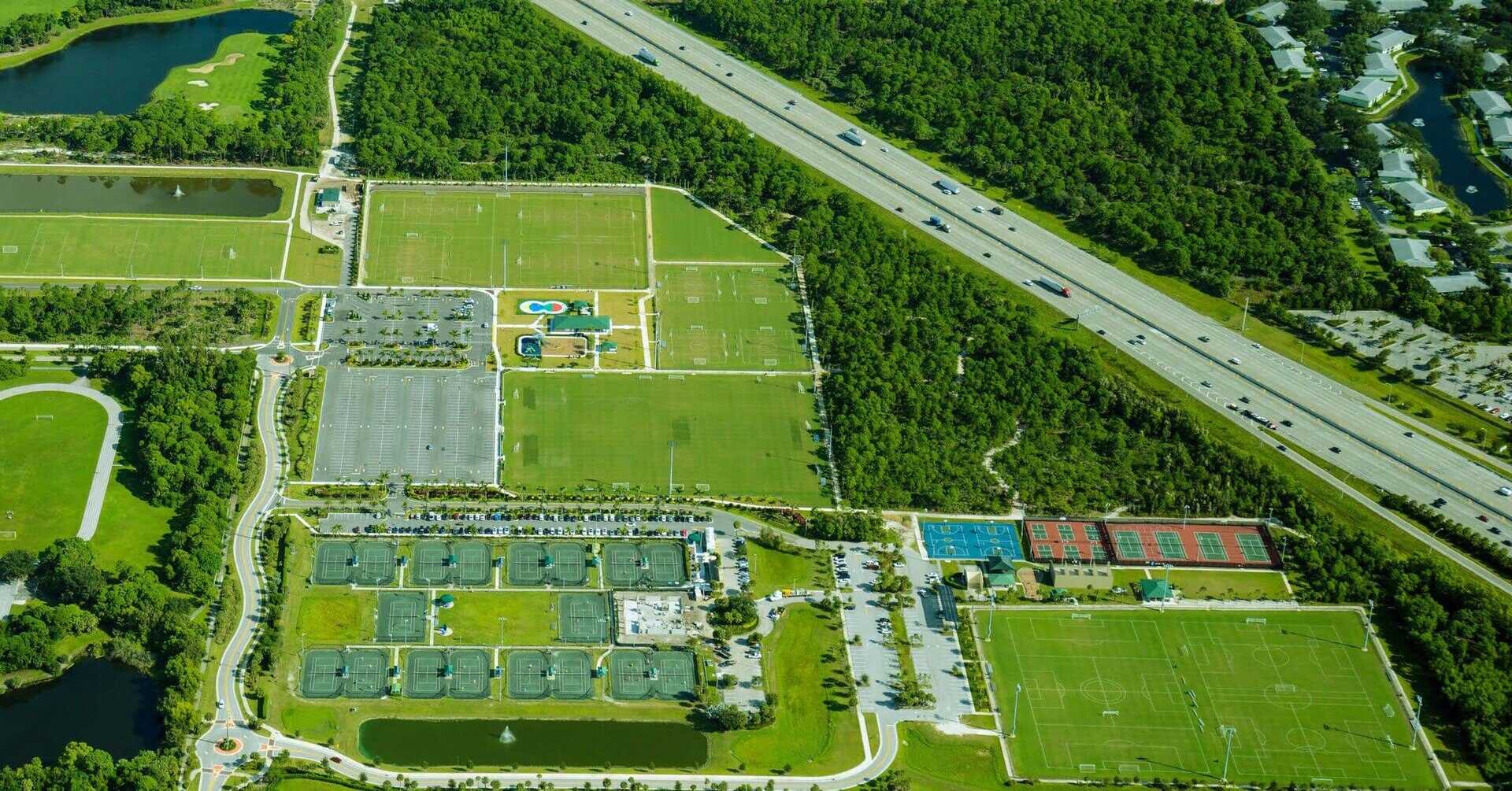
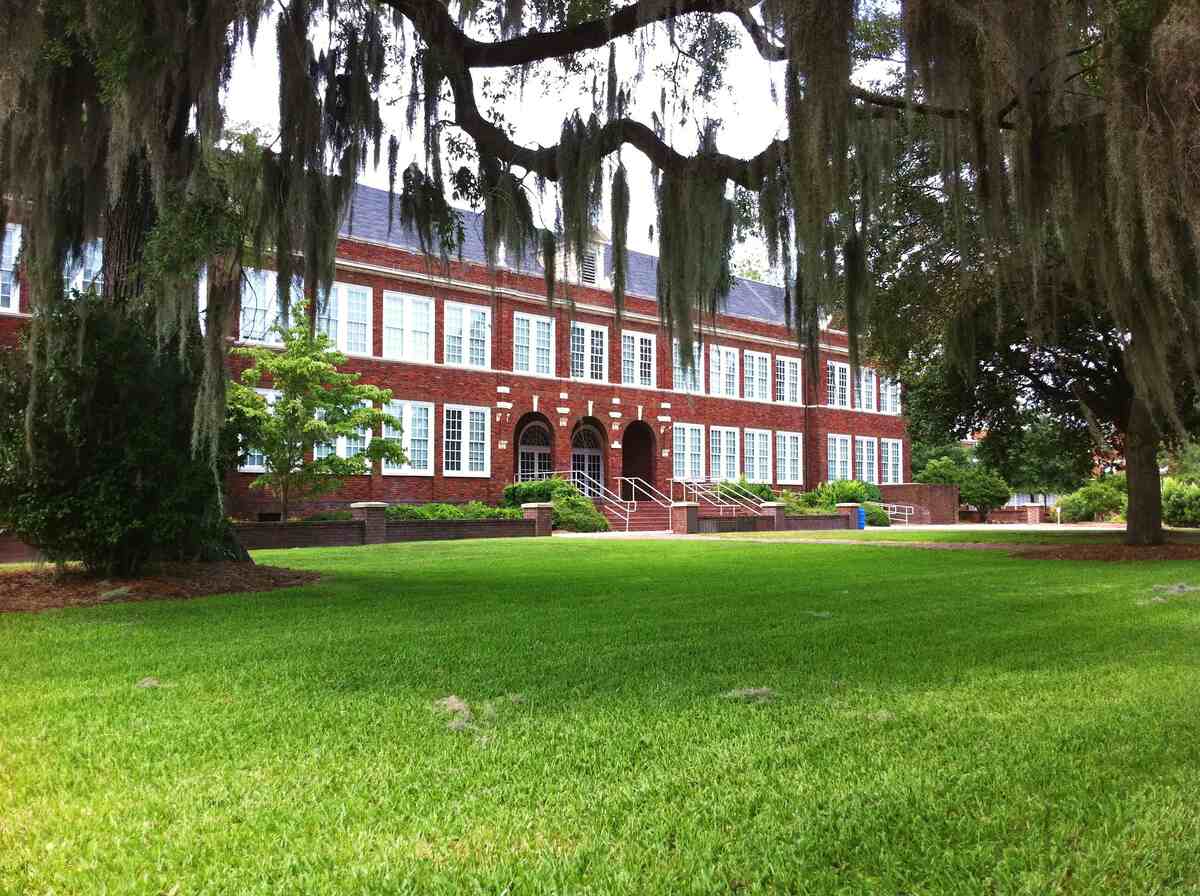
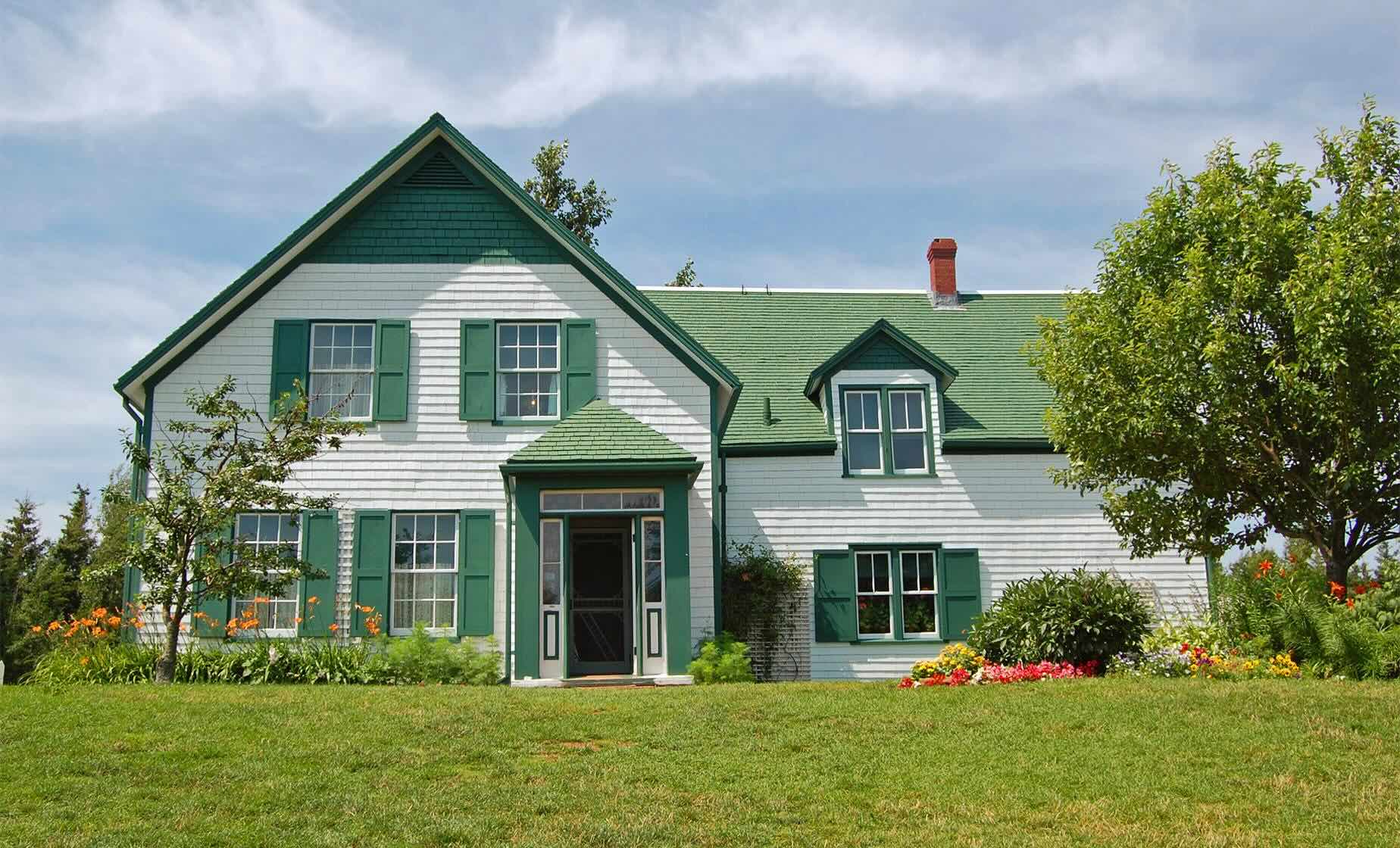
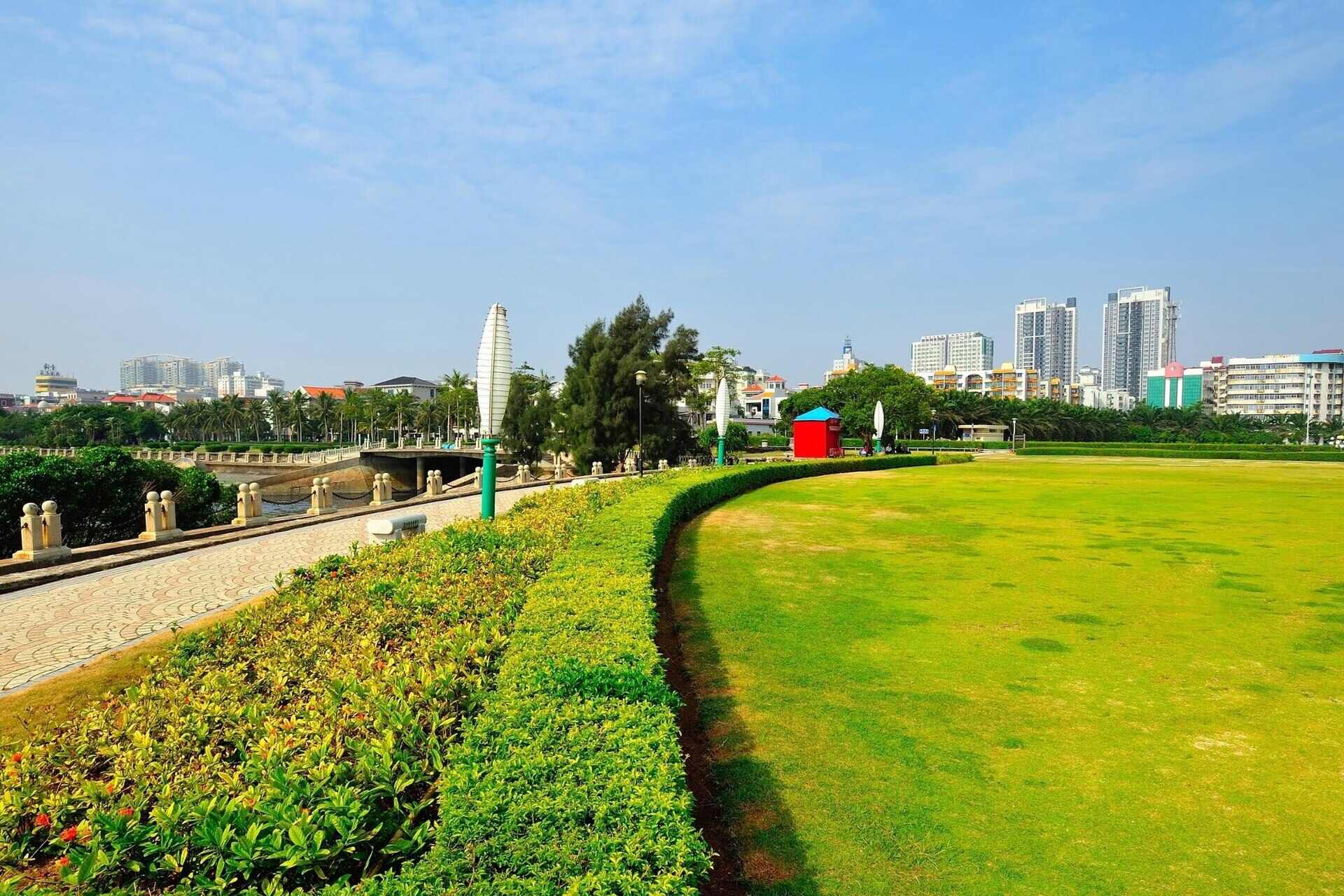

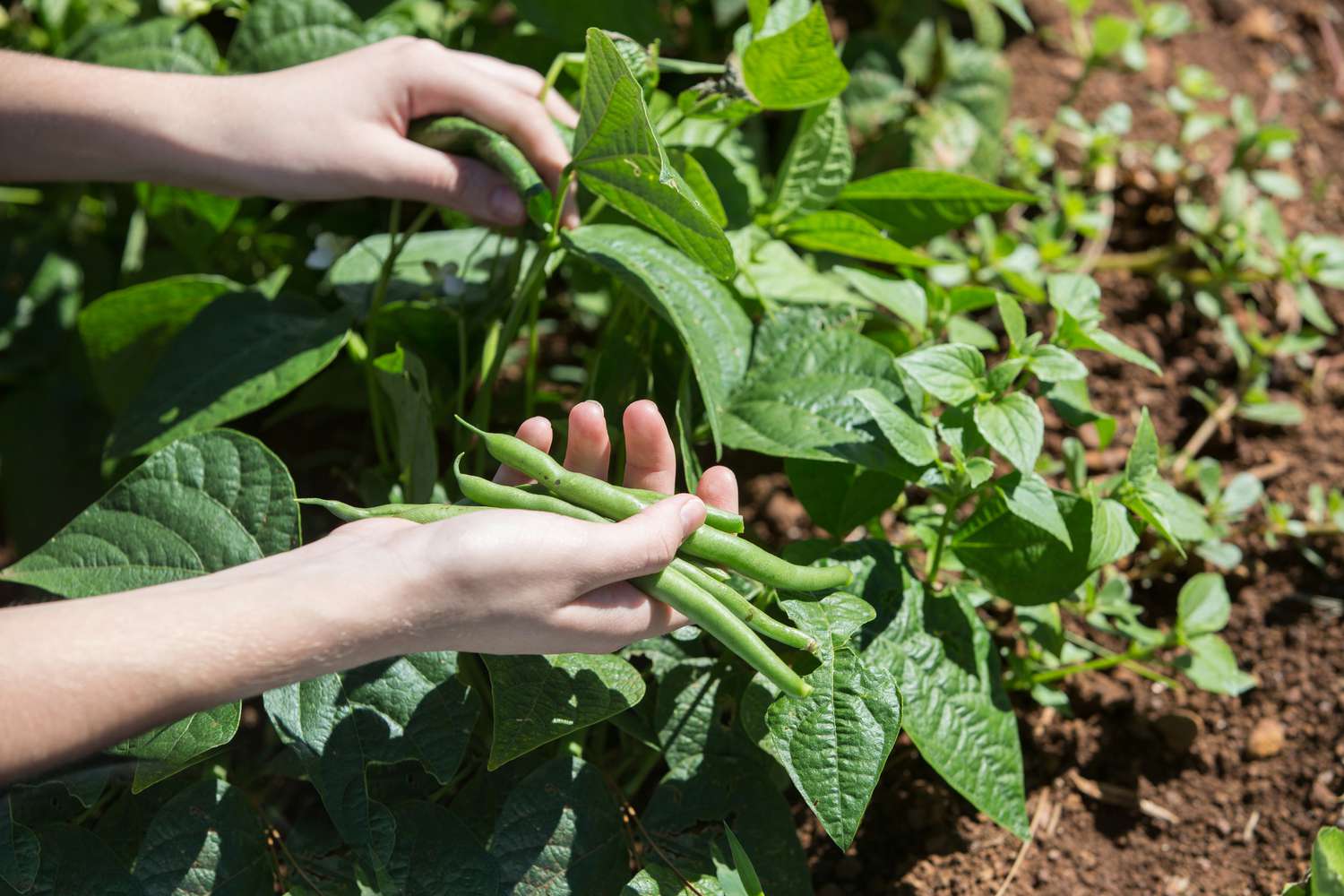


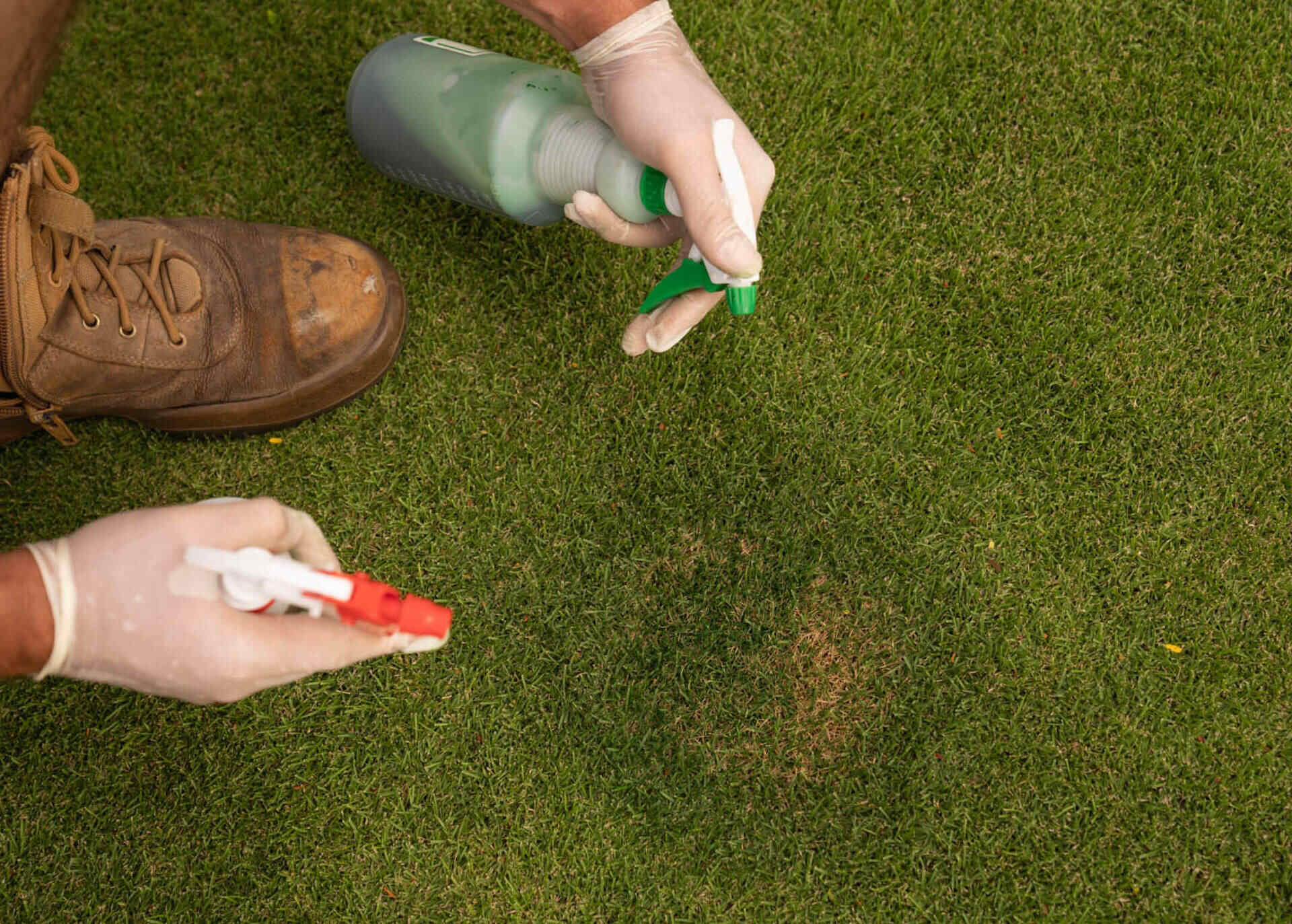

0 thoughts on “What Constitutes Green Space In Madison County, GA”